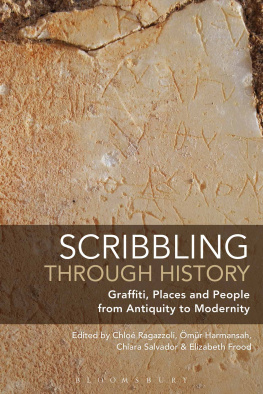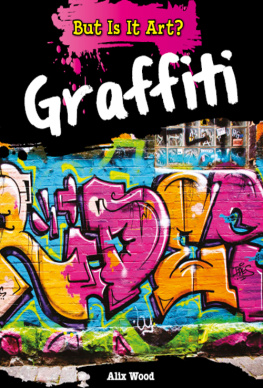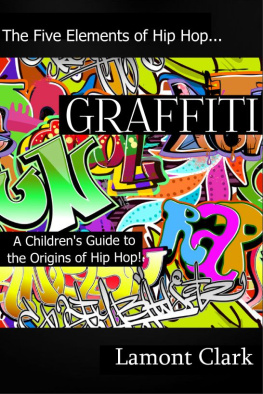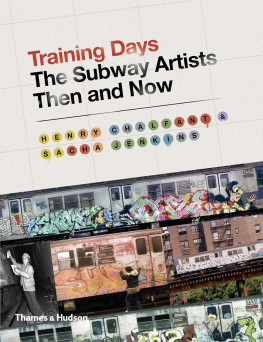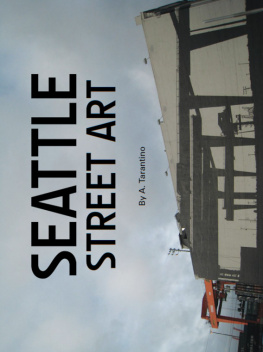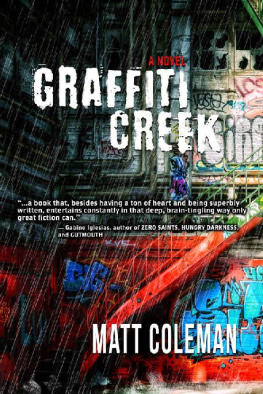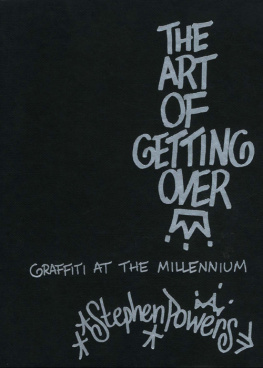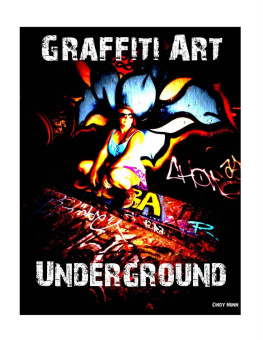
Scribbling through History
Also Available From Bloomsbury
Origin of Writing, Roy Harris
Writing and Ancient Near East Society, edited by E.A. Slater

Contents
Spolia stone within a fifteenth century mosque wall in Ilgn, Konya province, Turkey.
The monuments in the Deir el-Bahari area, Western Thebes.
A graffito on the ceiling of MMA 504.
Graffiti in the centre panel of the west wall.
Entrance of the tomb, west wall.
Middle panel, east wall.
Graffiti of Patermoute (inscr. 2722b; 12 26 cm).
Graffiti of Patermoute (inscr. 2723; 7 34 cm).
Small chapel or oratory (?) in the south valley.
Graffiti of John from Titkooh (inscr. 2904; 3 16 cm).
Graffiti of Anoup from Tespania (inscr. 2906; 3 14.5 cm).
Cryptographic graffiti of Abraham (inscr. 2921; 5 5 cm).
Karabel rock relief of Tarkasnawa, King of Mira, near Manisa, Turkey.
Map of the Land of Mira with sites discussed in the text.
Rock image of a standing and bearded male mountain deity at Akpnar springs near Manisa, on the slopes of Spil Mountain.
Suratkaya rock shelter on Mt Latmos.
Suratkaya rock shelter on Mt Latmos, wall of graffiti.
Suratkaya rock shelter on Mt Latmos, detail of rock graffiti.
A cluster of Safaitic graffiti at Jabal Says, southern Syria.
CIS ii 952. A Nabataean graffito in Sinai.
A squeeze of LPNab 105, a tomb inscription from the H.awrn, southern Syria.
A rock face at Sarmad, near Taym, with a large cluster of Nabataean graffiti.
Stenciled graffiti and images representing a gas mask labelled Chemical Tayyip (Kimyasal Tayyip), a masked demonstrator singing Everyday Im Chapulin, and the imperative Tayyip resign.
A young man using a stencil to spray-paint on the ground a masked whirling dervish accompanied by the invitation to protesters that you, too, come!.
A damaged NTV van covered in graffiti, Taksim Square.
Banner showing Erdoan as Hitler raising his arm with the added exclamation Tayyip, resign! (Tayyip istifa!).
Bashar al-Assad and other members of his family depicted as ducks in a graffito in Jabal al-Zawiya.
CIL IV.10237.
Graffito depicting gladiators in the House of the Ceii.
Poetic verses in the basilica.
Location of the message Quos LVP amat valeant in the House of the Four Styles.
Floorplan, Malers Palace (Structure 5D65).
Lintel 3, Doorway 3, superstructure shrine, Temple 1 (5D1).
Section of north wall graffiti, Room 9, Malers Palace (Structure 5D65).
Section of the east wall graffiti, Room 9, Malers Palace (Structure 5D65).
A section of a doorframe (fragment no. R 29c) with graffiti from Dahshur, the Pyramid Temple of Senwosret III.
Textual graffito from Catacomb 20 in the Beit Shearim necropolis, Israel.
Graffito of a menorah (seven-branched candelabrum) from Catacomb 12 in the Beit Shearim necropolis, Israel.
Faade of Catacomb 20 in the Beit Shearim necropolis, Israel.
Graffiti of human figures and obelisks, Catacomb 20, Beit Shearim.
Pictographic name inscription, Lewiston, in Cambridge University Library MS Ff.1.6, f.139r.
Post-medieval drawing of a woman in Bodleian MS Fairfax 16, f. 9r.
Cat pawprints in Dubrovnik State Archives, Lettere di Levante vol. XIII, f. 168r.
Rebecca Benefiel is Associate Professor of Classics at Washington and Lee University. Her research centres on Roman social and cultural history, with a focus on Latin epigraphy. She is director of the Ancient Graffiti Project and a supervisor for the Epigraphic Database Roma. She has published numerous articles on ancient graffiti, especially in Pompeii and surrounding areas, and she has co-edited the volume Inscriptions in the Private Sphere in the Greco-Roman World (2016).
Alain Delattre is Professor at the Universit Libre de Bruxelles (ULB) and the cole Pratique des Hautes tudes (Paris). He researches Greek and Coptic papyrology and epigraphy, and, more generally, late antique and early Islamic Egypt. His doctoral dissertation Papyrus coptes et grecs du monastre dapa Apoll de Baout conservs aux Muses royaux dArt et dHistoire de Bruxelles was published in 2007.
Glen Dudbridge was Professor Emeritus of Chinese at the University of Oxford and a Fellow of the British Academy. His research interests included Chinese popular and vernacular culture, Chinese traditional narrative, Chinese religion, historiography and historical bibliography. He published on Chinas vernacular culture in articles as well as in Religious experience and lay society in Tang China: a reading of Tai in Fus Kuang-i chi (1995) and Books, tales and vernacular culture: Selected papers on China (2005). In 2013, he published A portrait of five dynasties China: from the Memoirs of Wang Renyu (880956).
Christiane Gruber is Associate Professor of Islamic Art in the History of Art Department at the University of Michigan, Ann Arbor. She has authored three books, edited a dozen volumes and written over fifty articles on Islamic book arts and calligraphy, paintings of the Prophet Muhammad, Islamic ascension texts and images, and cross-cultural visual and material cultures.
mr Harmanah is Associate Professor of Art History, University of Illinois at Chicago. His work focuses on the art and material culture of the ancient Near Eastern world, with particular emphasis on Anatolia, Syria and Mesopotamia. He is the author of Cities and the shaping of memory in the ancient Near East (2013) and Place, memory and healing: an archaeology of Anatolian rock monuments (2015). He also edited the anthology Of rocks and water: towards an archaeology of place (2014). Since 2010 he has been directing the Yalburt Yaylas Archaeological Landscape Research Project, a regional survey in Konya Province of Turkey. He is currently working on a new monograph on the political ecology and archaeological landscapes in the Middle East.
Marc Jahjah is Assistant Professor of Media and Communication Studies in the University of Nantes. He specializes in Digital culture and the way it transforms our knowledge and literary practices.
Michael C.A. Macdonald is an Honorary Fellow of Wolfson College, Oxford, and a Fellow of the British Academy. He has spent the last 40 years working on the history, languages and inscriptions of pre-Islamic Arabia, including tens of thousands of graffiti, and has just launched the Online Corpus of the Inscriptions of Ancient North Arabia which contains 40,000 graffiti and official inscriptions.
Hana Navratilova is a member of the Egyptian Expedition of the Metropolitan Museum of Art, New York, and author of Egyptian revival in Bohemia (2003), The visitors graffiti of Dynasties XVIII and XIX in Abusir and Northern Saqqara (2015, 2nd edn), Sex and the golden goddess: ancient Egyptian love songs in context (2011) and Ancient Egyptian scribes: a cultural exploration (2017), with Niv Allon.
Elizabeth Olton is a specialist in ancient Maya visual culture with a focus on elite mortuary art and architecture. She has recently become fascinated with the imagery, meaning and preservation of graffiti from the sixth and seventh century Tikal. In 2015, she co-edited with Troy Lovata Understanding Graffiti. Olton has taught at the University of Texas at San Antonio, the University of New Mexico, and the Institute of American Indian Art in Santa Fe.
Next page
